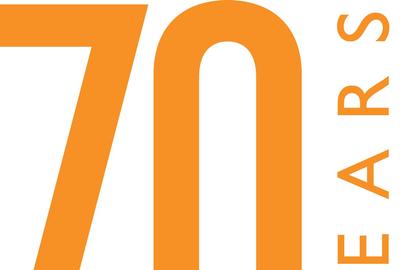$3 Million Restoration of the Edicule Covering the Tomb of Christ Now Complete
- OLD CITY OF JERUSALEM, Israel
- /
- March 22, 2017

World Monuments Fund’s Historic Collaboration at the Church of the Holy Sepulchre Launched with Lead Funding from WMF Trustee Mica Ertegun
The Greek Orthodox, Armenian, and Franciscan communities on Wednesday unveiled the restoration of the Edicule surrounding the Tomb of Christ, inside the Church of the Holy Sepulchre. “This is a historic moment of collaboration between the major Christian communities, and others around the world, to ensure the preservation of the unique for Christianity, Holy Place of Anastasis,” stated His Beatitude Theophilos III, Greek Orthodox Patriarch of Jerusalem.
Joshua David, President and CEO of World Monuments Fund, stated: “It is thanks to the great generosity and inspirational vision of WMF Trustee Mica Ertegun, and her catalytic leadership gift, that this extraordinary project has been realized. Mica’s passion for the project inspired another Trustee, Jack Shear, to make a subsequent contribution for the project.” Mrs. Ertegun commented: “I wanted people to come together to preserve this holy site which is so important to all religions. Its restoration is extraordinary.”
The Church of the Holy Sepulchre is built on the site that was identified in the fourth century as the tomb where Jesus was laid following his crucifixion. The remains of the rock-cut tomb are encased in the Edicule, a small building that lies in the center of the main Rotunda of the church. The Edicule has been damaged or destroyed on several occasions since its construction. The current structure was built in 1809 by the architect Nikolaos Komnenos of Lesvos, following a fire. Over time, its structural stability was undermined due to groundwater and water that used to enter the church through an open oculus in the Rotunda. In addition, its cream and pink stone exterior was darkened by the burning of wax candles. The candles used to be systematically placed on a heavy steel shoring structure that was installed around it in 1947, at the time of the British Mandate for Palestine.
The restoration was designed and carried out by an interdisciplinary team from the National Technical University of Athens, led by Prof. Antonia Moropoulou. Implementation of the work was accompanied by a continuous program of documentation, monitoring, and on-the-spot reassessment of materials and conditions. This served as a valuable input for the governance of the project by the Christian communities. Conservators and masons worked around the clock, most frequently at night. The careful design of the construction site allowed pilgrims to visit the interior of the Edicule and pray at the tomb of Christ without disruption. The project was completed on time, one year to the date of the signing of an agreement among the leaders of the three Christian communities on March 22, 2016. Completion will allow for the common celebration of Western and Orthodox Easter on April 16, 2017.
To restore the building and remove the unsightly shoring surrounding it, work began by dismantling exterior masonry around three sides. The underlying masonry was repaired, displaced stone units where returned to their original position and secured using titanium anchors, and grout was injected to consolidate the structure. In the process of grouting, the stone covering the burial couch inside the Edicule was lifted temporarily in October 2016, revealing a fragment of an earlier stone lying underneath. All exterior stones and many surfaces inside the Edicule were carefully cleaned, sometimes revealing previously obscured painted decoration.
Completion of this project will be followed by a second phase of work, encompassing interventions below the level of the Rotunda floor. The goal of these interventions will be to ensure the long‐term structural stability of the Edicule and to prevent damage from moisture from recurring in the future. In addition to foundation repair and strengthening, the second phase will include the installation of new drainage and sewage channels through the Rotunda that currently pass near the Edicule as well as conservation of the Rotunda floor. This work, like the work just completed, will be carried out over the course of one year, while the site remains open to visitors.
World Monuments Fund is the leading independent organization devoted to saving the world’s treasured places. For 50 years, working in 100 countries, its highly skilled experts have applied proven and effective techniques to the preservation of important architectural and cultural heritage sites around the globe. Through partnerships with local communities, funders, and governments, WMF seeks to inspire an enduring commitment to stewardship for future generations. Headquartered in New York City, the organization has offices and affiliates worldwide.
Visit www.wmf.org

270x400_c.jpg)
270x400_c.jpg)

10270x400_c.jpg)





5100x100_c.jpg)









